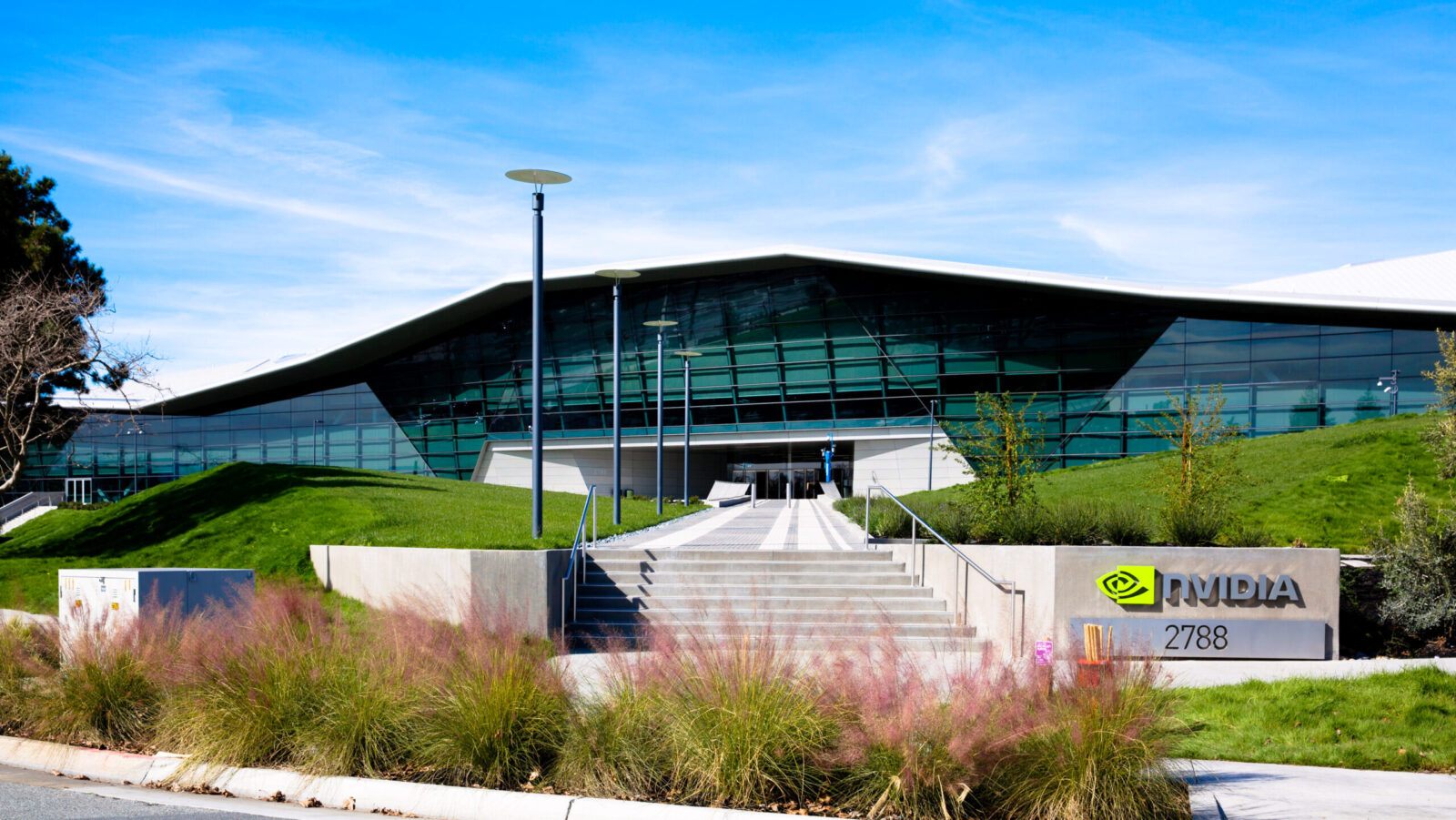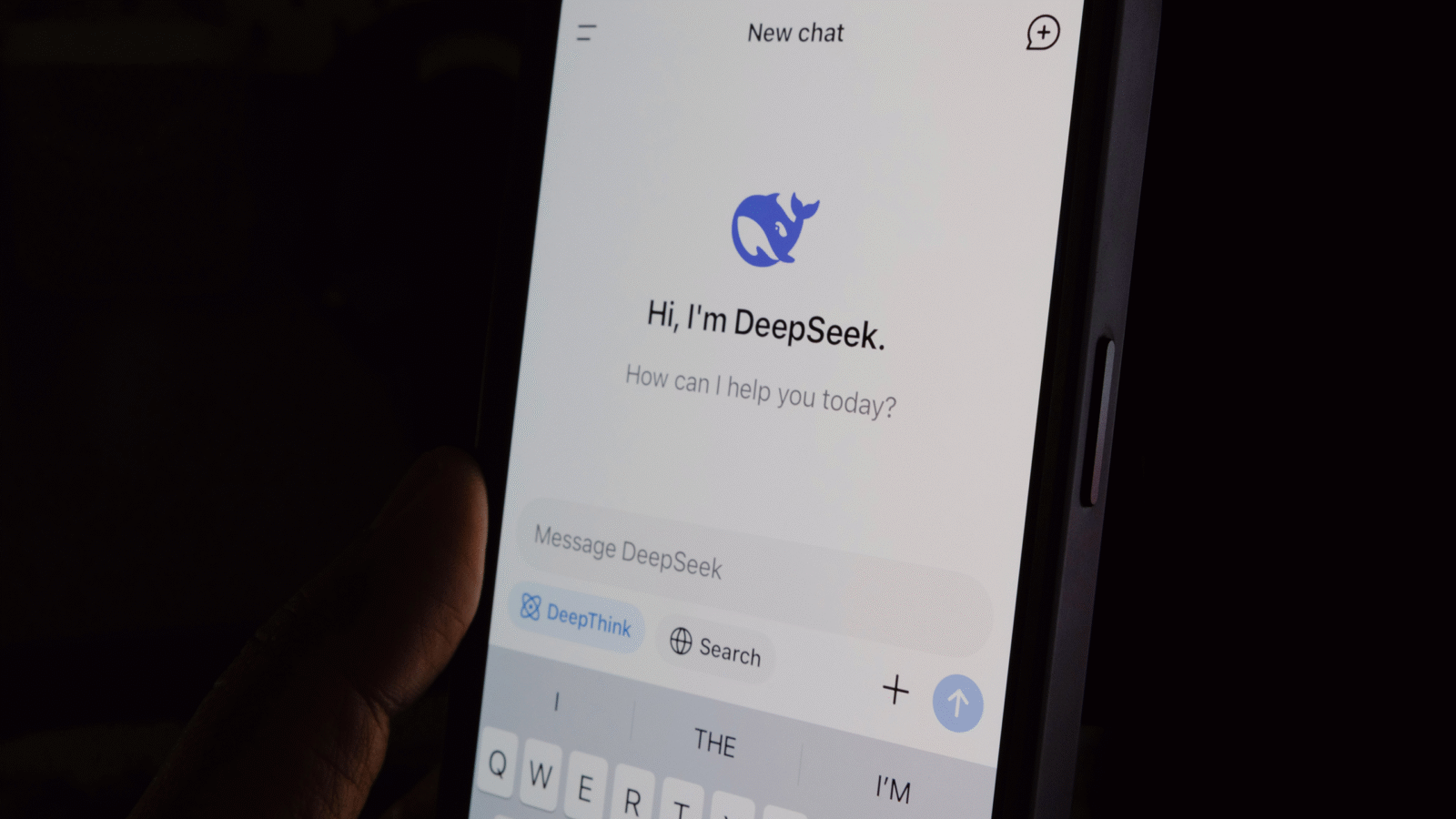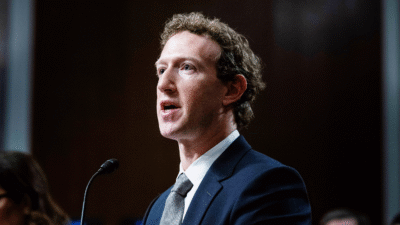Unpicking The Myth of Social Media Addiction
You’d be forgiven for thinking social media addiction is scientific fact, but there’s no hard evidence it exists. So why is it a thing?

Sign up for smart news, insights, and analysis on the biggest financial stories of the day.
You’d be forgiven for thinking a real scientific consensus exists that says social media is a genuinely, biologically addictive pastime. Plenty of reputable media outlets have reported it, and lawmakers are hurrying to act on it. But the truth is: There’s no real evidence that social media addiction exists. And there’s certainly no evidence that your Twitter (sorry, X) feed does anything super-nefarious to your brain chemistry, apart from occasionally enraging you.
But it makes for a very handy marketing tool.
So today, we unpack the spread of “addiction,” what the actual science says, and why it matters that we stop seeing Instagram and TikTok as this century’s opium.
Let’s Get Some Science in Here
To get a handle on the current state of scientific research into how social media affects our well-being, The Daily Upside spoke to Professor Andy Przybylski (pronounced: Shuh-bill-ski) an experimental psychologist at the Oxford Internet Institute.
Przybylski stated emphatically that he doesn’t believe social media “addiction” exists in any way, shape or form. But he does agree that people can absolutely develop unhealthy relationships with social media.
“I think some people have problems with the internet… but they’re probably not ‘addicted’ to it in the way that you might think that somebody is addicted to something else that may be ruining their lives,” Przybylski said. “They’re probably more likely to be addicted to it in a way that a person who’s seriously socially anxious, or seriously impaired in terms of depression or dysthymia [a persistent depressive disorder] also happens to have a behavior of staying in bed or avoiding social contact.”
Who’s Afraid of Social Media?
The notion that social media is habit forming is fueled, at least in part, by the Silicon Valley insiders who built it, and mainstream media that bought it. In 2018, the BBC’s Panorama program broadcast an edition called “Smartphones: The Dark Side.” In it, the program interviewed engineers who’d invented features such as “infinite scroll,” i.e., the feature that lets you scroll smoothly through a social media timeline without stopping to load new posts. These engineers lamented, Oppenheimer-like, the destructive force of their inventions. The inventor of infinite scroll told the program: “it became so powerful that it just addicts people.”
It’s not just engineers, either. In 2017 a former Facebook vice president, Chamath Palihapitiya, told The Washington Post that social media created “short-term, dopamine-driven feedback loops which he claimed were “destroying how society works.”
However, these people aren’t psychologists or medical specialists — they’re coders and executives who happen to be humble-bragging about just how engaging their inventions are. Plus, while the Facebook of 2017 might have seemed like an all-consuming social opioid, its struggles to stay relevant call into question just how potent its addictive powers were.
Dopamine Shmopamine: You’ve probably heard dopamine come up in the context of social media before. In various media accounts, dopamine and serotonin are seen as the two big “pleasure” hormones which our brains pump out when we see a video of a kitten falling asleep. Professor Chris Ferguson, a psychologist at Stetson University, told The Daily Upside that while dopamine is released as you use social media, that’s how a normal brain functions.
Ferguson said that dopamine is essential to a few different processes:
- Aside from pleasure, he says it’s associated with moving your muscles and perception.
- On the pleasure side of the equation, Ferguson said dopamine is primarily associated with anticipatory excitement.
Ferguson said while the research is a little shaky, the body of evidence suggests you release something like 75% more dopamine when you use social media, or play a video game, compared to your usual baseline. That’s not much more than looking forward to eating a pizza that just arrived at your table (around 50% above baseline). “You can’t get addicted to your own neurotransmitters,” he added.
Przybylski also said the link between dopamine levels and supposedly addictive social media was “nonsense,” adding “if your brain didn’t change when you did anything, you wouldn’t be able to know you’ve turned on the lights.”
A Handy Sales Myth, Mostly
While Silicon Valley penitents get a high profile in the press when they talk about the addictiveness of social media, Przybylski thinks a business force is also driving the narrative. “There’s a marketing element of it, too,” Przybylski said. “Say you have a new app, [saying it’s addictive is] another way of saying it’s really engaging and you can make money off of it.”
If you’re a social media platform, there is a downside to having the world thinking your product is too addictive. If enough fuss is made, lawmakers get involved who don’t necessarily follow the science. In February 2023, California State Senator Nancy Skinner proposed a bill to “regulate addictive social media designs and features that target youth.” The proposed bill died in committee last week.
Beijing Blues: In China, platforms are responsible for enforcing a curfew on children’s use of video games and social media. It’s worth noting in this case that various kinds of internet “addiction” may be more of a pretext than a motivation behind the government’s clampdown on its domestic tech companies.
Przybylski thinks that over the long term the notion that social media is addictive will come back to bite tech companies. “It’s a mistake to think that each one of these companies has a person in it that is in it for the long run and they understand that they’re exposing their companies to harm by using this exciting language informally,” he said. “Companies have people in them, and people move between companies and people retire to lovely locales and tropical zones, and they’re probably thinking more about when their shares vest,” he added.
Panic Stations
To Przybylski’s mind, the emergence of social media “addiction” as a widely held idea bears the classic hallmarks of a technological moral panic. The problem, according to Przybylski, is that previous moral panics haven’t given us with a framework for regulating actual, scientifically observed harms that come with new technologies — especially since online platforms are products that morph and shift endlessly in ways that users can’t predict (any Twitter/X users out there will be all-too familiar with this fact by now).
“That’s the thing where 20 years of people panicking about technology, instead of doing something proactive and evidence-based, that’s where they have truly and properly cost us important opportunities to regulate and to think critically about modern technology. Because now that happens and changes after it’s been sold or adopted or whatever, it requires an order of magnitude more work on the part of parents or users and that’s unconscionable,” he said.
To illustrate his point Przybylski said to imagine a trampoline. We know that sometimes a kid bouncing on a trampoline might fall off and hurt themselves, but we add protective features like nets and we let parents make a judgment call on whether they want to get their kids a trampoline. Now imagine that after you bought your kids a trampoline, it changed…











